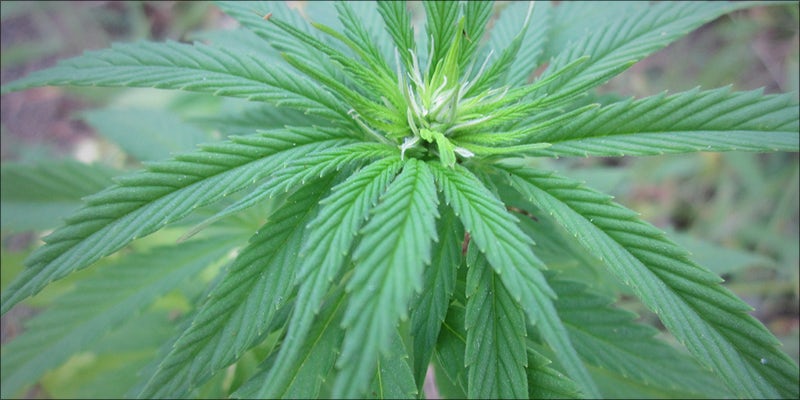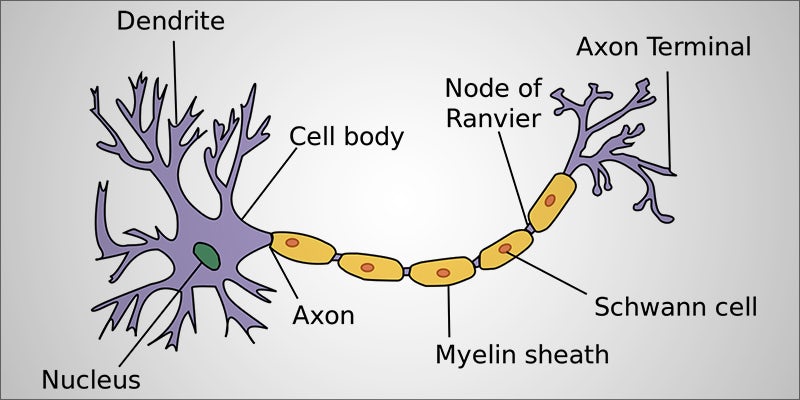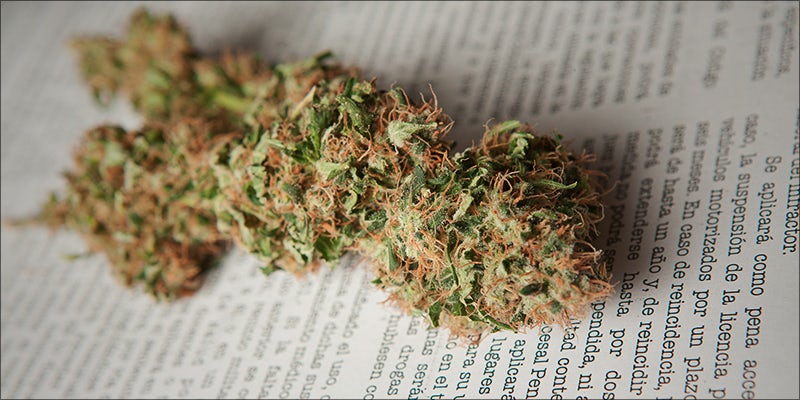
Does Cannabis Relieve Charcot-Marie-Tooth Disease (CMT)?
Charcot-Marie-Tooth disease is one of the most commonly inherited neurological disorders, but treatment options for the condition are sorely lacking.
Cannabis is becoming a well-known homeopathic treatment for those who suffer from pain, muscle cramps, and spasticity. Compounds in the herb work can work wonders for those with multiple sclerosis and other neurological disorders. But, what about Charcot-Marie-Tooth disease? Does cannabis relieve symptoms of CMT? Research on the subject is lacking, but the available information is promising.
What is Charcot-Marie-Tooth disease?
Charcot-Marie-Tooth disease is one of the most common neurological disorders caused by genetic factors. Approximately 1 in every 2,500 people develop CMT, though there are many different types of the disorder.
The disease causes damage to nerve cells in two distinct ways. In some patients, the protective insulation (myelin) that covers nerve cells. In others, the center of the nerve cell (axon) begins to wear away.
All of the nerves affected my CMT lie in the peripheral nervous system, which is outside of the brain and spinal cord (central nervous system).
The disease typically affects movement, eventually causing some people to require additional support from leg braces and other devices.
Patients often notice the onset of symptoms during adolescence and into early adulthood. Some of the primary symptoms include:
- Involuntary muscle activity (walking, speech, breathing)
- Weakened feet or lower leg muscles
- Pain
- Decreased sensation or tingling in hands and feet
- Changed gate (too fast, high step, too slow, awkward)
- Foot deformities (high foot arch, curled toes)
- Frequent tripping and falling
Cannabis for CMT

Unfortunately, there have been no clinical trials of cannabis for Charcot-Marie-Tooth disease. However, recent breakthroughs in cannabis treatments for neuropathic pain may be of interest to CMT patients.
Here are three ways cannabis may help CMT patients manage symptoms:
1. Neuropathic pain

Not every CMT patient experiences neuropathic pain. In fact, some people may lose some ability to feel pain, which can cause ulcerations. Others, however, feel pain thanks to malfunctioning signals from affected nerve cells. Fortunately, cannabis may help with this.
Cannabis-based drugs are already available for the management of neuropathic pain. Britain’s GW Pharmaceuticals has put out Sativex for patients with multiple sclerosis and cancer pain.
Sativex is a special cannabis formulation which contains an even ratio of THC (tetrahydrocannabinol) to CBD (cannabidiol), with the addition of some terpenes (aroma molecules in cannabis).
THC is the primary psychoactive in the cannabis plant. CBD, is a nonpsychoactive cannabis compound (cannabinoid) and is used as an alternative treatment epilepsy. Human clinical trials of the cannabinoid for neuropathic pain have been successful.
In a systematic review of randomized, clinical trials, THC was found to successfully treat neuropathic pain in non-cancer patients. In their abstract, the study authors write,
In their abstract, the study authors write,
Overall there is evidence that cannabinoids are safe and modestly effective in neuropathic pain with preliminary evidence of efficacy in fibromyalgia and rheumatoid arthritis.
Additional research from 2014 confirmed that cannabis treatments are promising for various types of neuropathic pain. Research on CMT was not included in the study. The authors write,
Exogenous cannabinoids [plant or synthetic] have been demonstrated to be effective in a range of experimental neuropathic pain models, and there is mounting evidence for therapeutic use in human neuropathic pain conditions.
2. Muscle spasms and cramps

In terms of neurological disorders, some of the best research on cannabis therapies stem from work in multiple sclerosis. While multiple sclerosis and CMT are not the same condition in the slightest, it is possible that cannabis may have similar applications in CMT. In 2012,
In 2012, research from the University of Plymouth found that cannabis was twice as effective as placebo in treating muscle stiffness and spasms in multiple sclerosis patients. After 12 weeks of treatment, patients treated with cannabis extracts experienced a near 30% reduction in spasms.
The placebo group, however, only saw a rate of relief of 16%. Similar results were found after a mere 4 weeks of treatment.
Back in 2005, a clinical trial tested the oral THC in 630 multiple sclerosis patients in 33 different UK treatment centers. The patients were in stable condition but still experienced muscle spasms. 80% of patients reported back after 12 months of continued THC treatment.
Overall, patients saw an improvement in spasticity and there was evidence to suggest that cannabinoid treatment may be effective for some aspects of the neurological condition.
Further, after a year of treatment, the trial authors write,
There were no major safety concerns. Overall, patients felt that these drugs were helpful in treating their disease.
3. Pediatric symptom management

Getting enough exercise and maintaining muscle mass are extremely important for long-term management of CMT. Yet, keeping muscles as healthy and strong as possible does not always do much for the neuropathic pain and chronic inflammation caused by the disease.
The idea of giving prescription pain medication to an adolescent or teen is unnerving for many parents. So, some researchers are looking into cannabis therapies as a safer option.
Back in 2003, Canadian researchers performed two case studies in adolescents experiencing neuropathic pain and depression. The drug was dronabinol, a synthetic version of THC used to treat nausea and anorexia in cancer and HIV/AIDS patients.
One patient experienced a 45% reduction in pain while the other did not. Both patients saw improvements in sleep, academic performance, and mood. They continued to see improvements for 4 to 5 months, with no adverse effects reported.
In another small study, Dr. Sven Gottschling of the University Clinic of Saarland in Homburg, Germany. 13 children experiencing neuropathic pain from a variety of conditions were given dronabinol.
All of the children experienced a reduction in pain and spasticity within 48 hours. 10 out of the 13 children experienced improved sleep. The longest amount of time a patient used the drug was five years.
Strains for pain and spasticity

Here are a few strains rated highly for muscle spasms and pain relief:
Research restrictions have prevented US medical professionals from exploring the true potential of cannabis. For some with serious and rare health conditions, this means that cannabis is a shot in the dark. Yet, the information that has trickled out is quite promising.
More research suggests that cannabis may be a helpful substitute or addition to other pharmacological pain treatments. Cannabis-based drugs are already available for managing neuropathic pain and spasticity in certain conditions.
And, finally, many medical cannabis patients currently rely on the herb for relief from spasms, sleep, mental health concerns, and many other ailments.
Perhaps CMT will soon be added to the list.
Herb Recommended Products:
READ MORE










